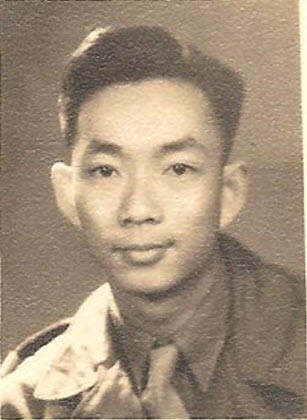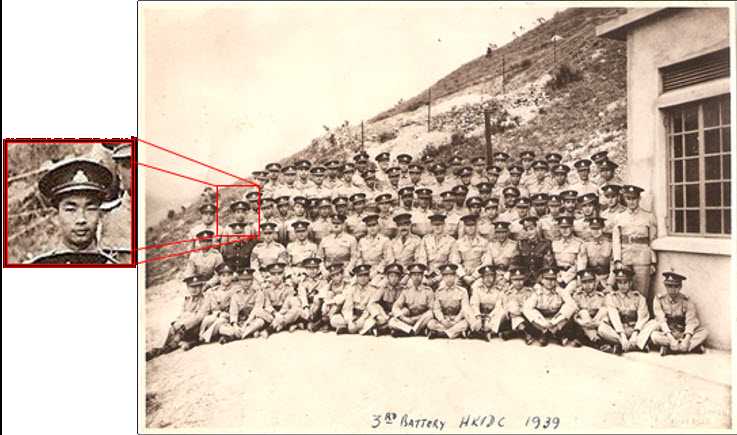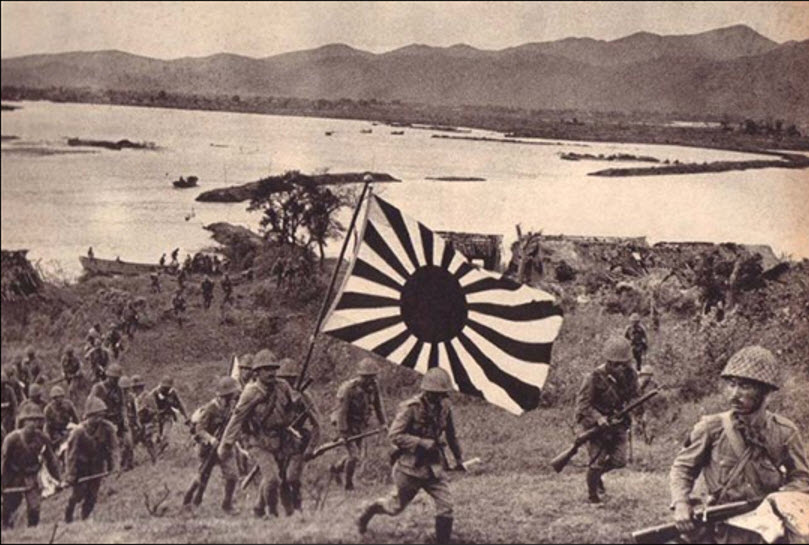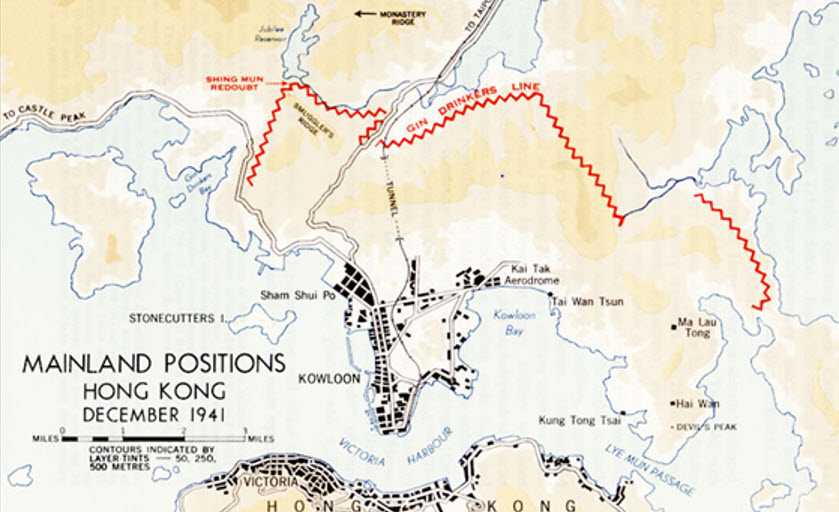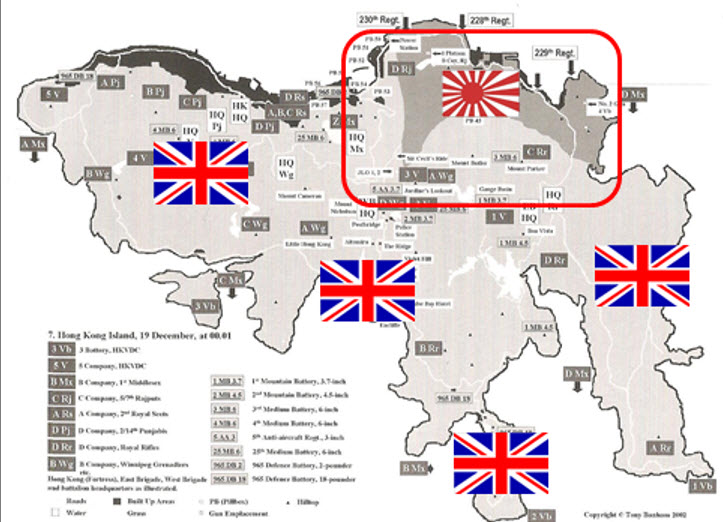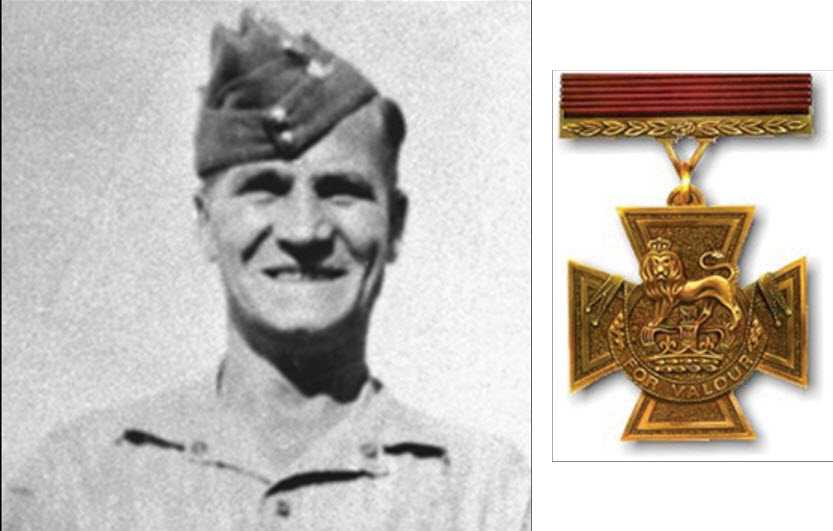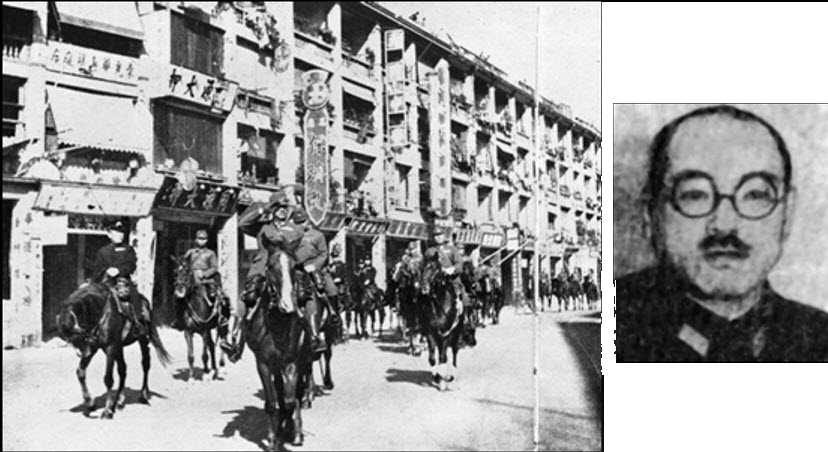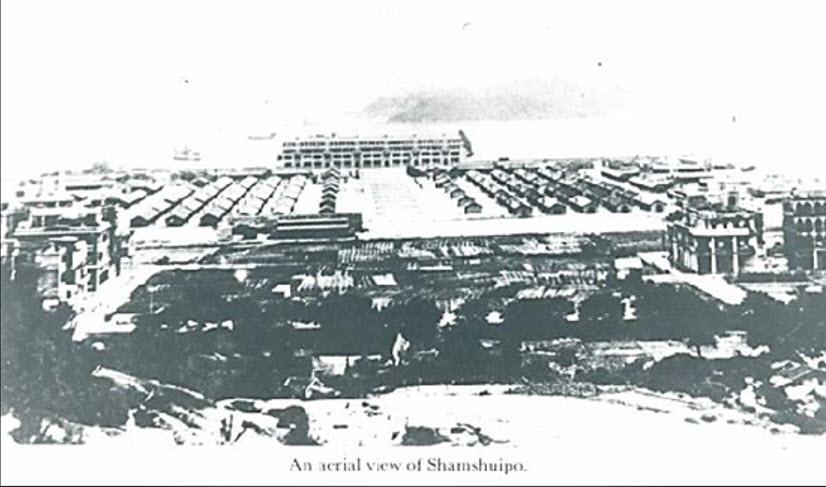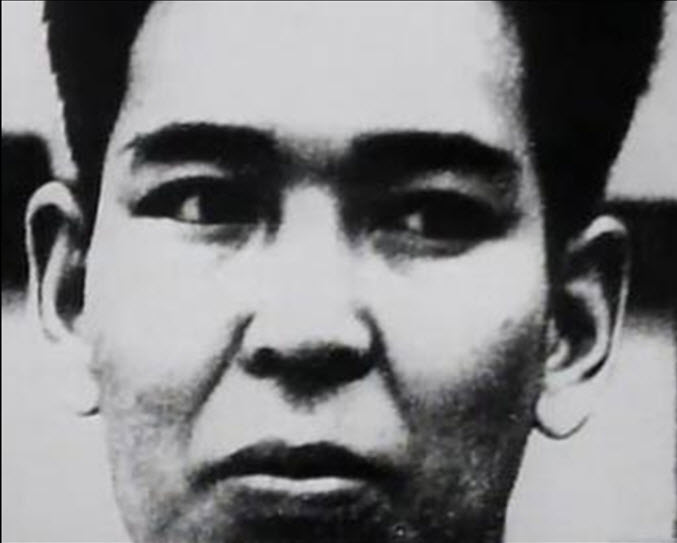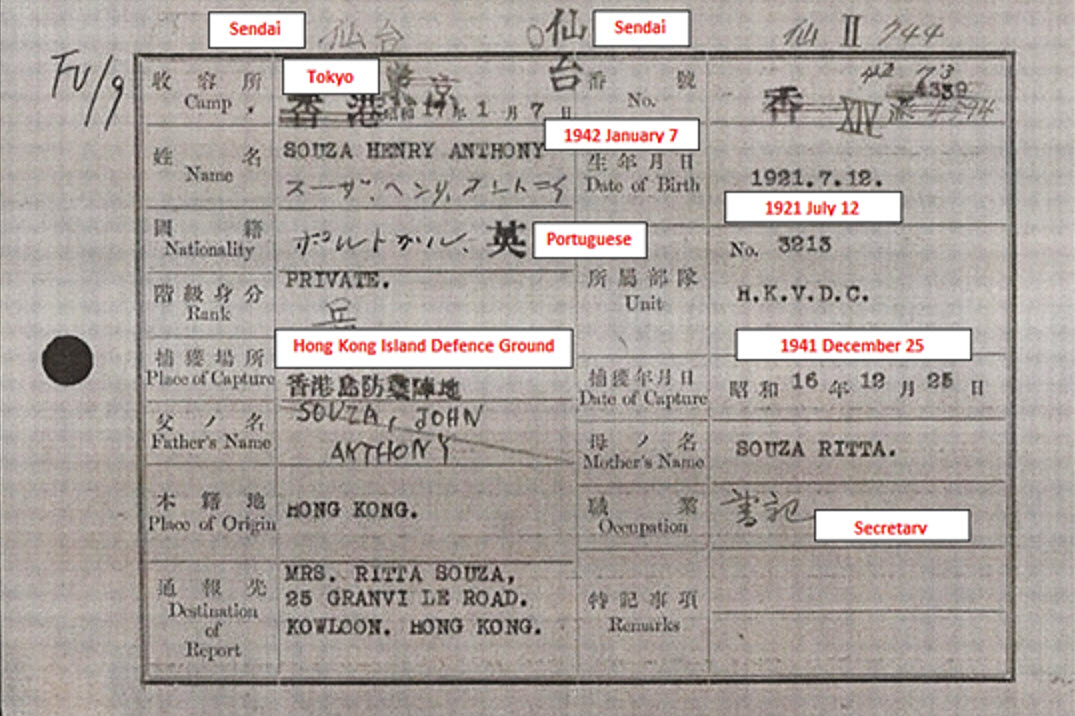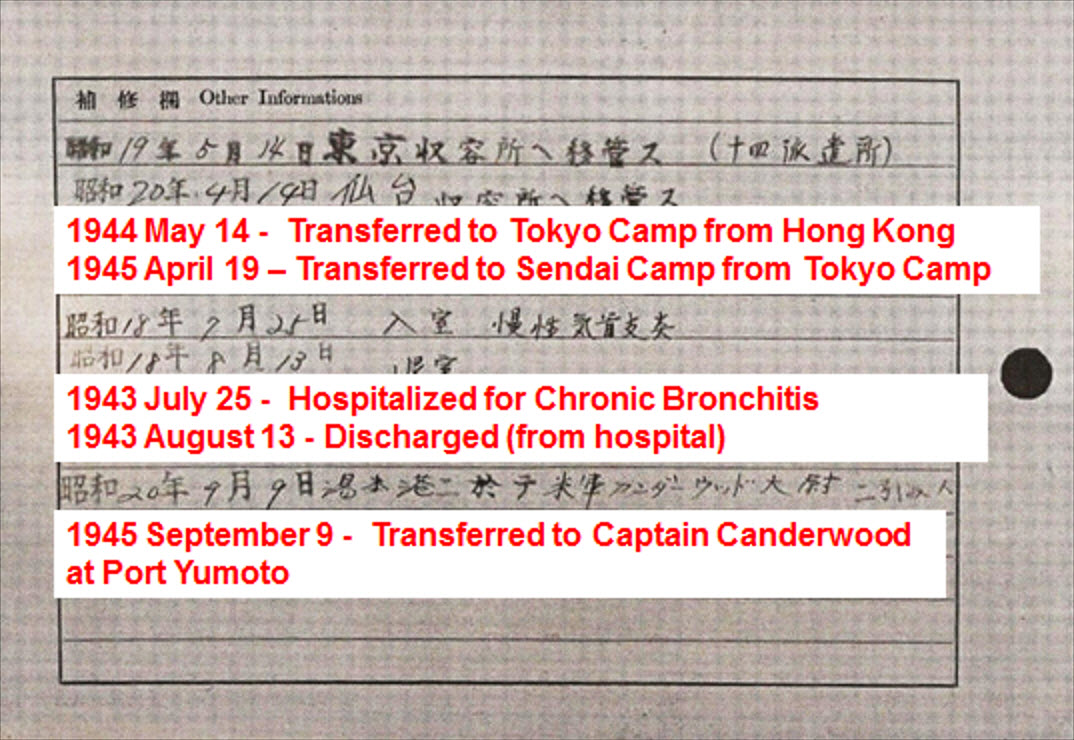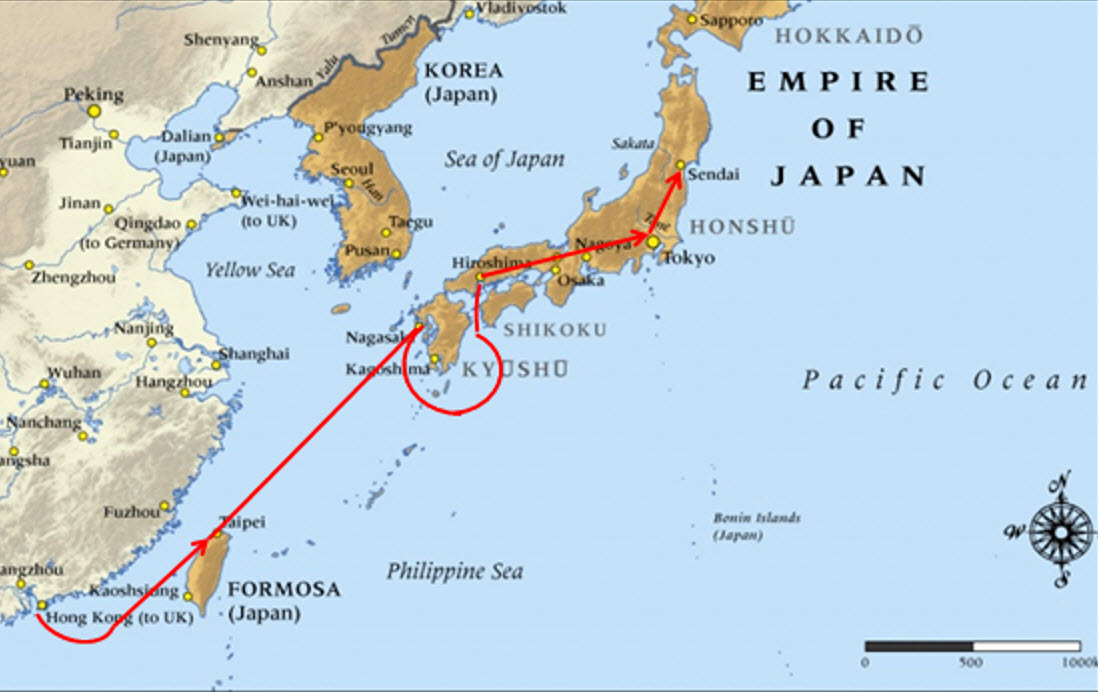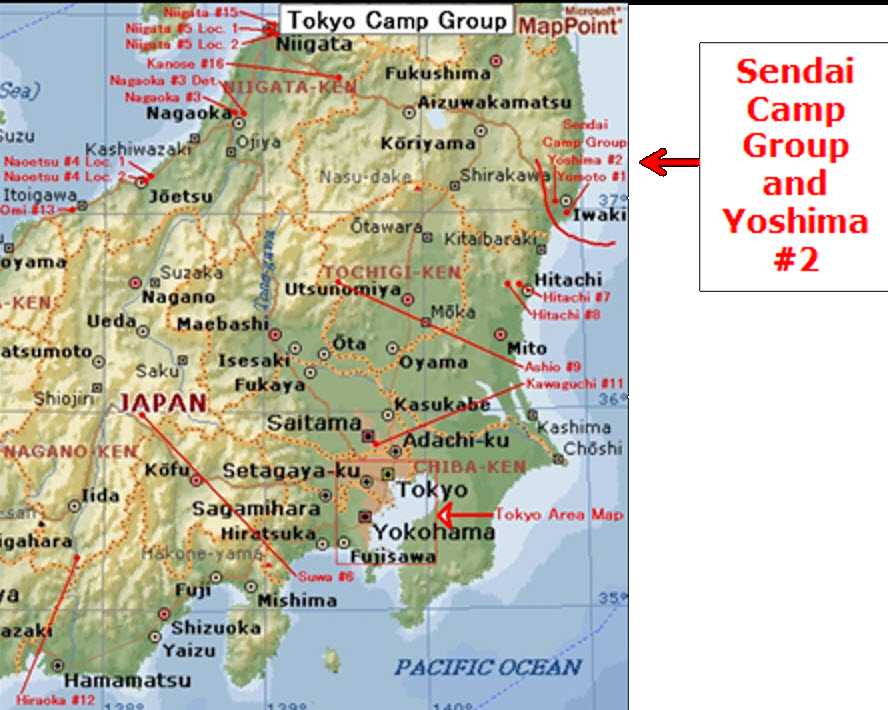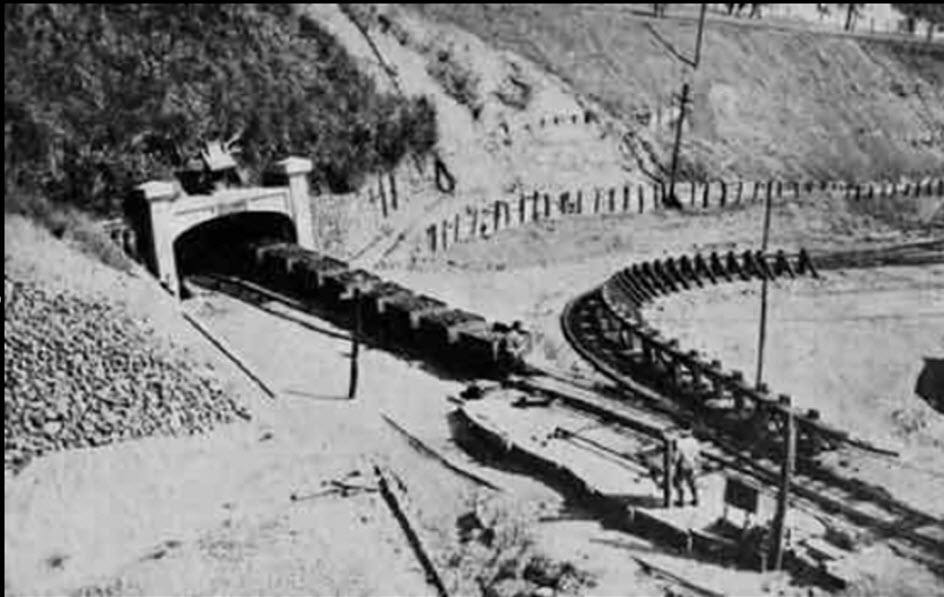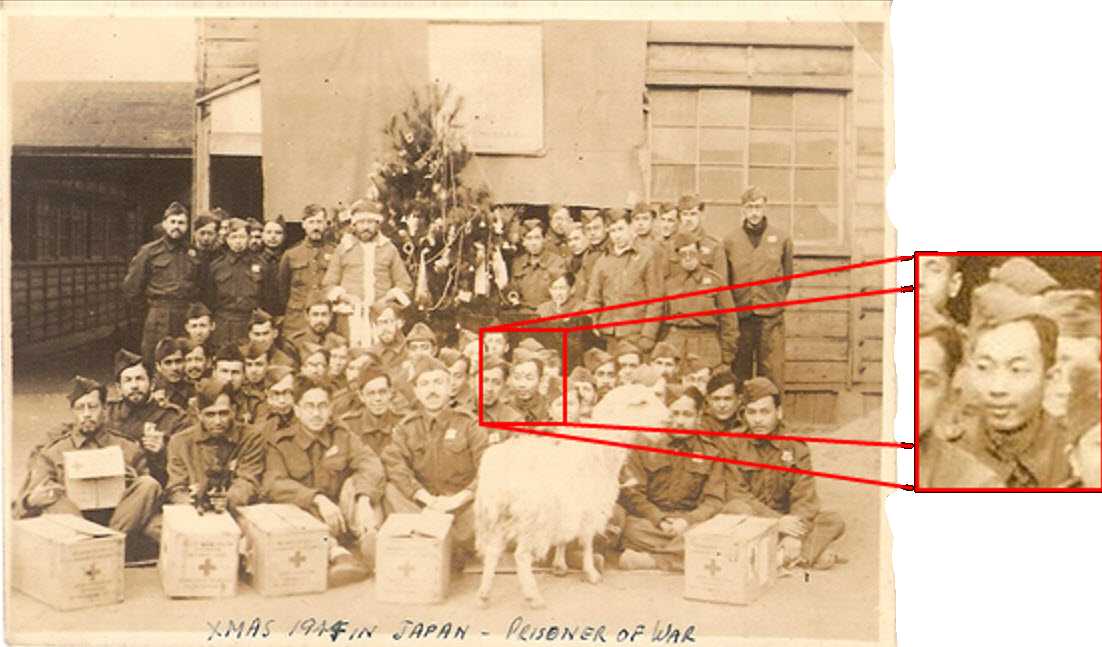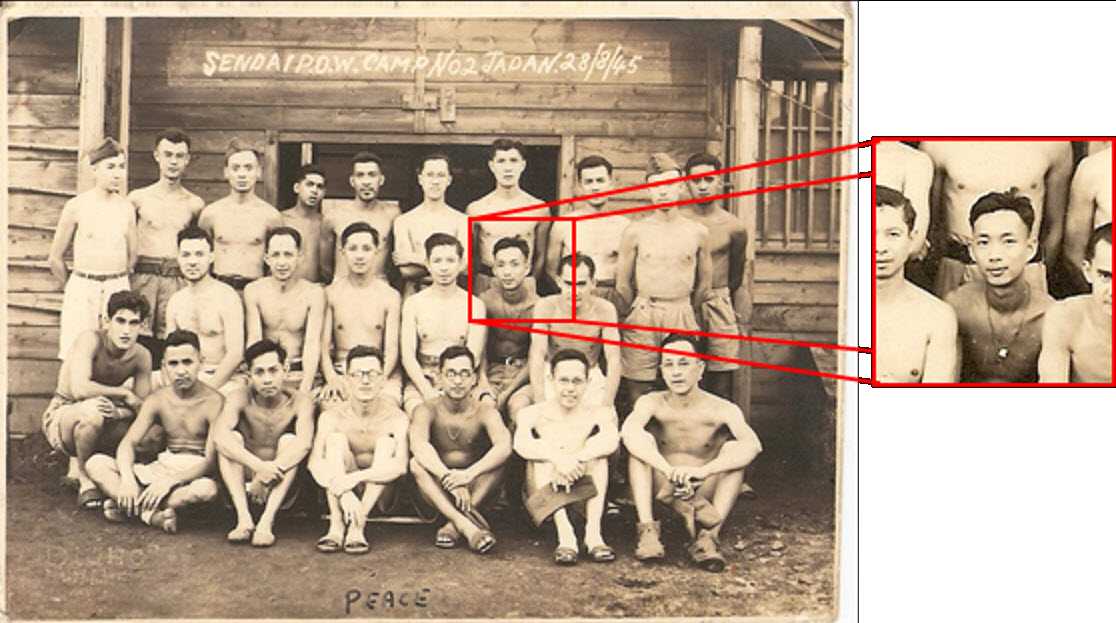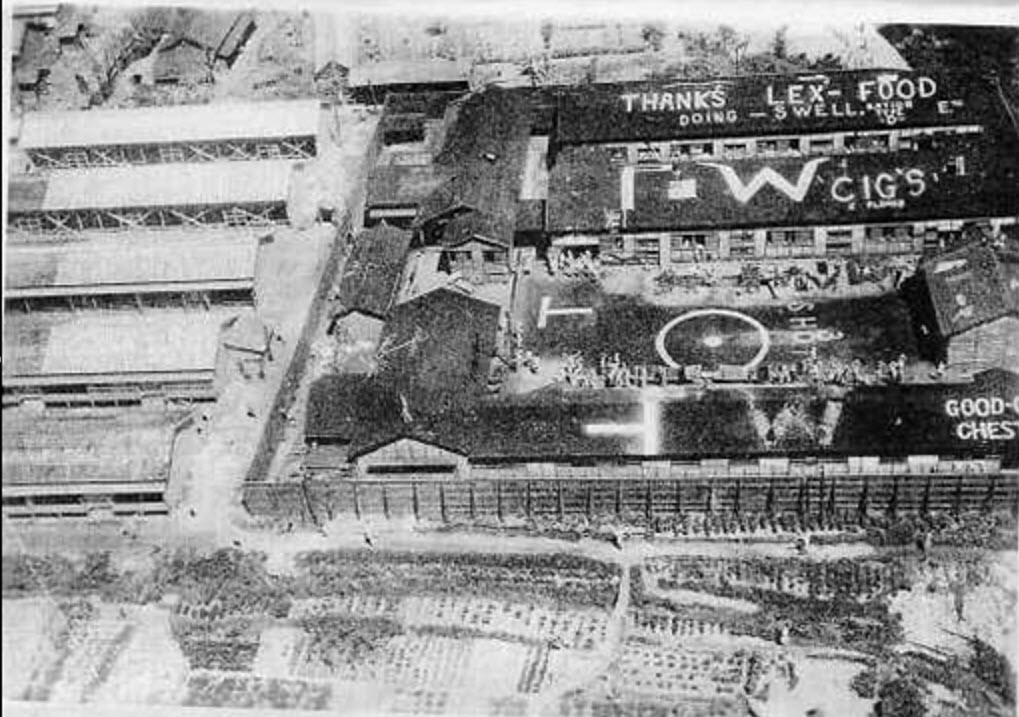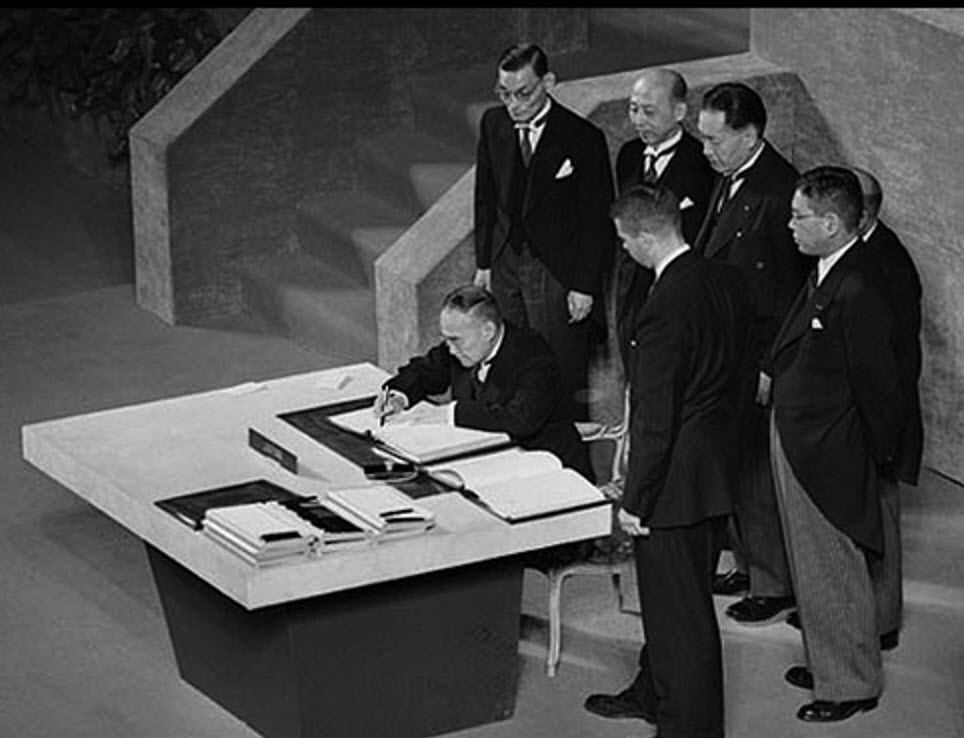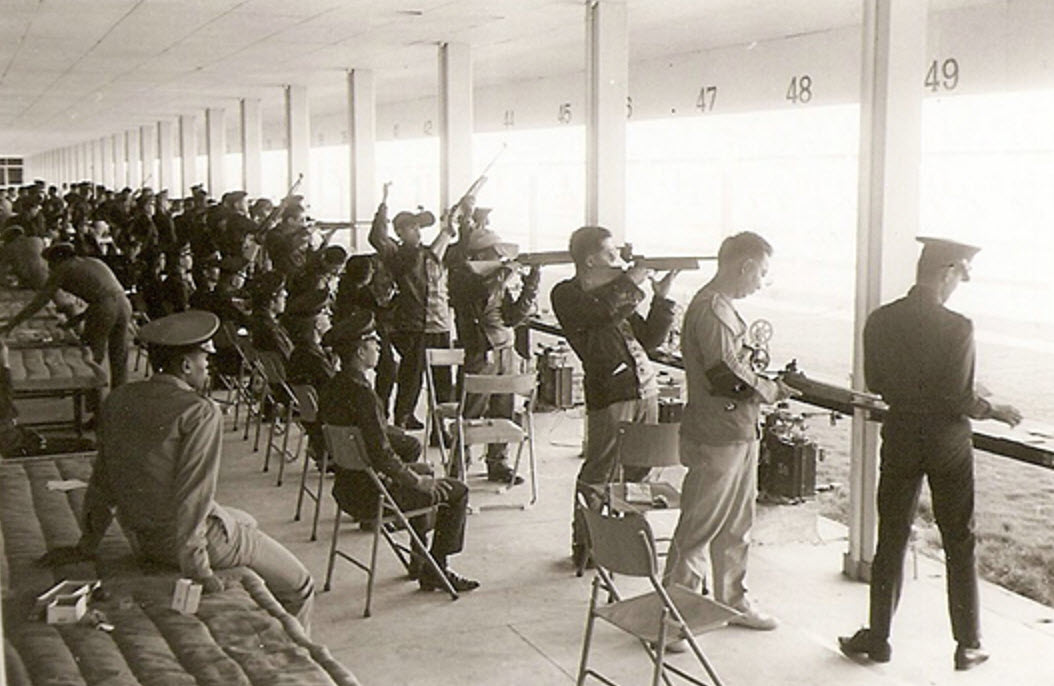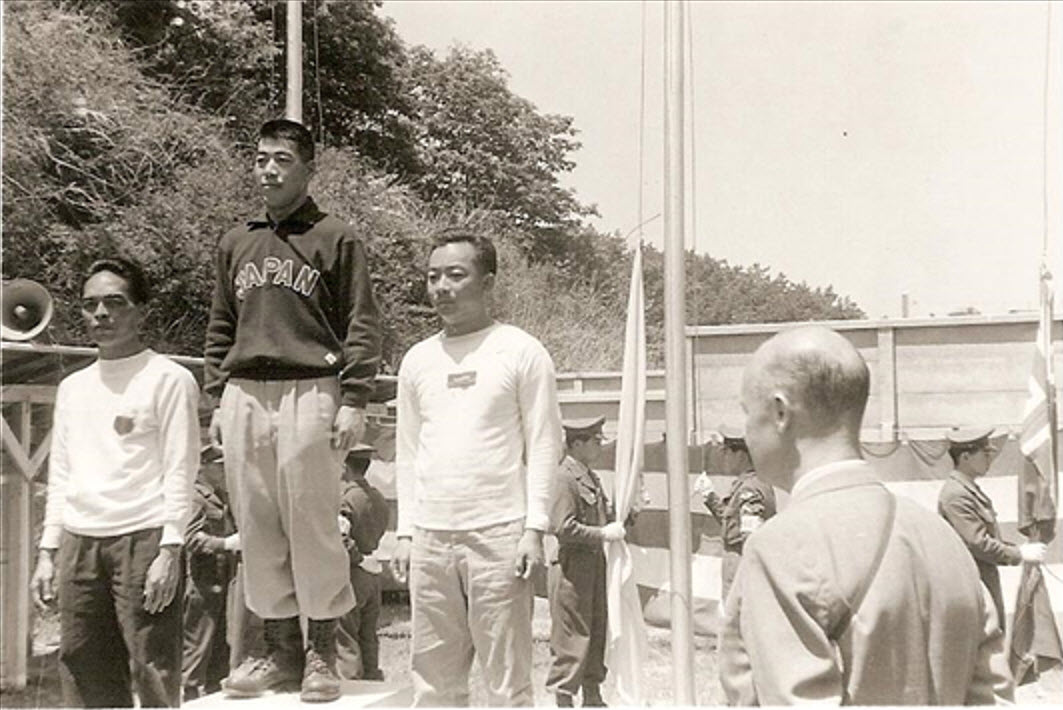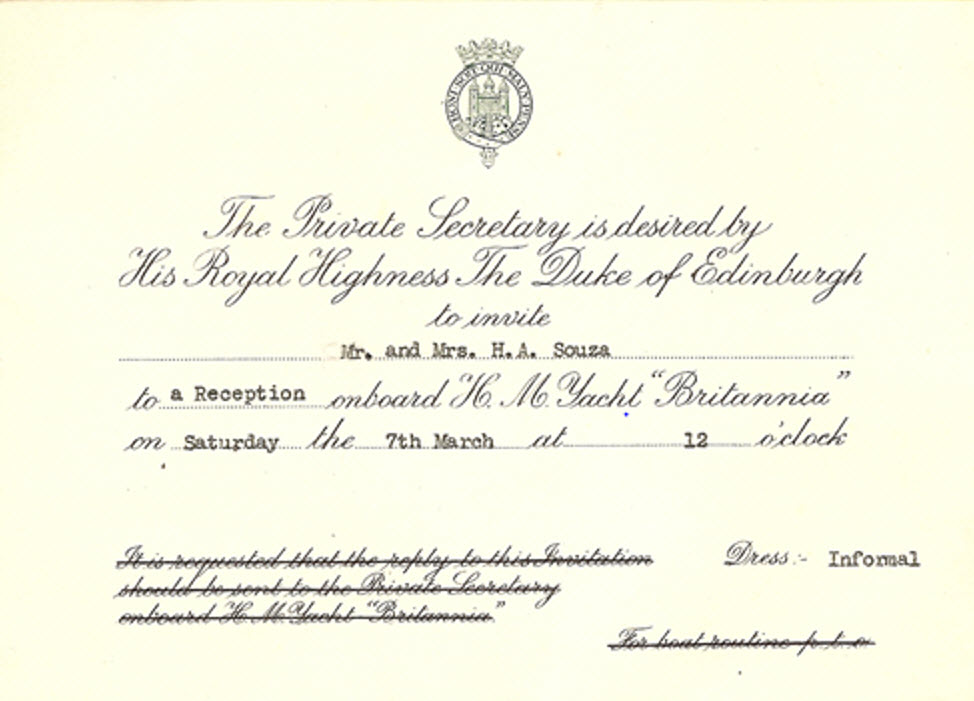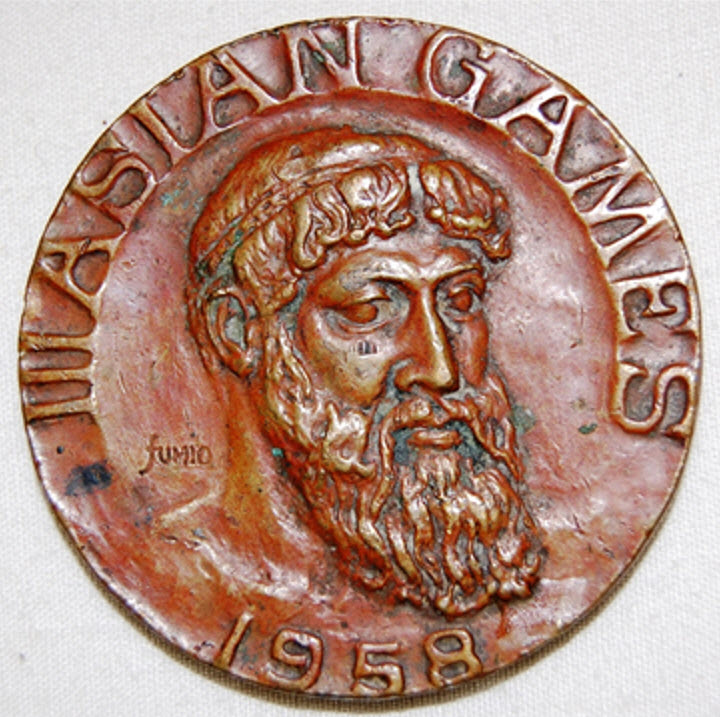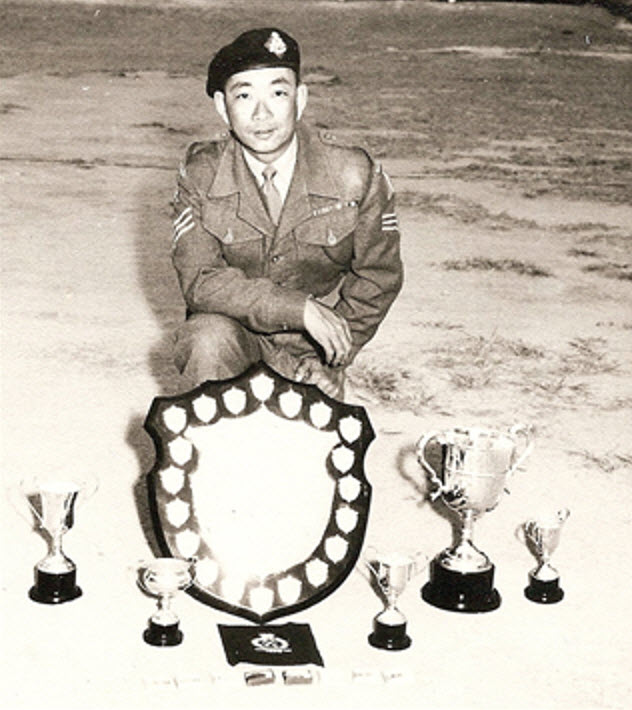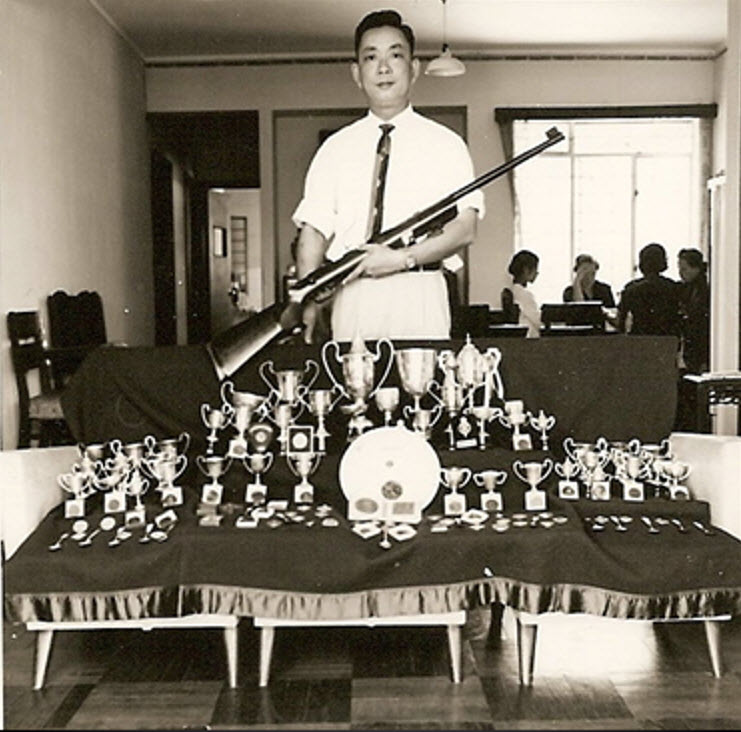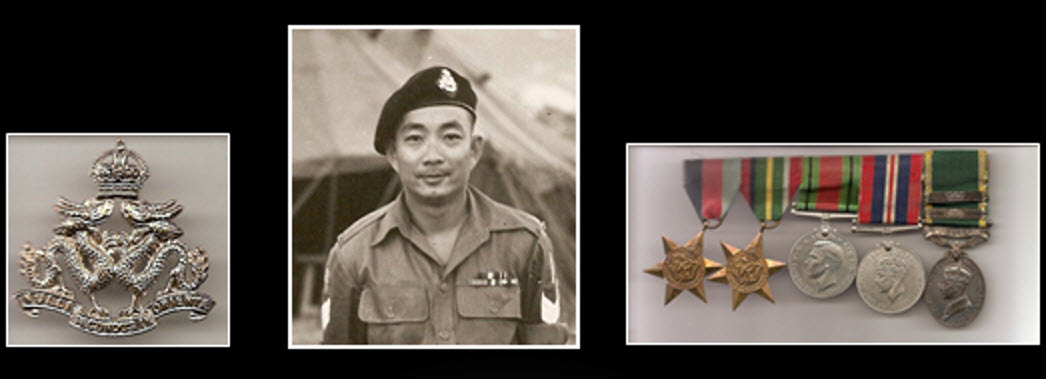The Life of a Veteran
Biography of Henry Anthony Souza
by Michael Souza
In the List of HKVDC members, he appears as Henrique Antonio Sousa – Ed.
In 1841, after losing the First Opium War, China ceded Hong Kong to the Great Britain. The Hong Kong Volunteer Defence Corps (HKVDC), also known as "The Volunteers", was established in 1854 to defend Hong Kong when the regular British troops were reassigned to fight in the Crimean War.
|
Henry Anthony Souza |
My father, Henry Souza, was born in Hong Kong on 12th July, 1921. In 1938, at the age of 18, he joined the Volunteers and was a member of the 3rd Battery of the HKVDC.
When war began in Europe in 1939, Japan had already been at war with China since 1937. To protest the invasion of China and to curb its military expansion, an oil embargo was imposed against Japan. Hong Kong newspaper accounts from 1939 hinted that war with Japan was inevitable. Sometime between 1939 and 1941, my father was posted to the Field Ambulance Section of the Volunteers. |
3rd Battery HKVDC 1938
|
|
Japanese invasion of Hong Kong
|
War with Britain in the Pacific began on 8 December, 1941 when 52,000 troops of the Japanese 23rd Army swarmed across the border from China into Hong Kong. To oppose them were only 14,000 British, Indian and Canadian units and the HKVDC. In forty hours, the Japanese overcame the defenses held by British forces along the Shing Mun Redoubt and the Gin Drinkers Line defined by the red lines. The city of Kowloon on the mainland fell to the Japanese on 12th December and the remaining defenders retreated to Hong Kong Island. |
British lines of defence
|
|
HK Island defences breached
|
The Japanese breached the defences of Hong Kong Island on 18th December and split the allied forces. It was during one of the battles on 19th December, that Sergeant Major John Osborne of the Winnipeg Grenadiers was posthumously awarded the Victoria Cross when he threw himself on top of a Japanese grenade to save his men. This was the only Victoria Cross awarded in the battle.
|
Sergeant Major John Osborne VC
|
|
The British defences were rapidly overwhelmed and the allied troops were ordered by the Governor Mark Young to surrender on Christmas Day 1941. The Japanese commander, Lieutenant-General Takashi Sakai, triumphantly conducted a victory parade into Hong Kong.
|
|
Aerial view of Shamshuipo
|
When the British surrendered, my father was in Fort Stanley situated in the southern part of the Island. He and the other allied troops became prisoners of war and were sent to Shamshuipo POW camp on the mainland where they were treated harshly by the Japanese guards. One of these, Kanao Inouye, was a second-generation Japanese Canadian born in Kamloops, BC. He was studying in Japan when the war began and in May 1942 was recruited as an interpreter and sent to Shamshuipo POW camp in Hong Kong. Inouye was also a member of the Kempeitai, the Japanese equivalent of the German Gestapo, and was particularly cruel towards the Canadian prisoners who nicknamed him "The Kamloops Kid" and "Slap Happy" because of his penchant for slapping prisoners for no reason. |
Japanese guard Kanao Inouye
|
|
Henry's Japanese index card, front
|
The Japanese prepared an index cards on each POW and at the end of the war, these records were kept that the National Archives in the United Kingdom. In 2016, I visited the National Archives and found my father's POW card which records details of his incarceration:
|
Henry's Japanese index card, back
|
|
Route to Japan
|
On April 29, 1944, he along with 47 Canadians and 137 Hong Kong Volunteer Defence Corp prisoners were embarked on a ship called the Naura Maru bound for Japan. En route, it stopped over in Formosa, then went through Nagasaki and Hiroshima, and arrived at Moji on May 27, 1944. This was the last prisoner transport to leave Hong Kong and they were very lucky to arrive in Japan. Several Japanese transports with allied prisoners en route to Japan were sunk by American submarines with a huge loss of POWs' lives.
|
|
Sendai Camp and Yoshima
|
He was sent by train to Sendai Camp #2 to work at the Iwaki Coal Mine located in a village called Yoshima. There, they mined coal in two 12-hour shifts. Every night, each prisoner was allowed to bring back a one pound lump of coal to heat their barracks. Food usually consisted of barley mixed with rice and for working down in the mine, they each also received a bun. The buns were either eaten or used as currency by the prisoners. Six buns could buy a tin of corned beef or Spam from the Red Cross parcels. |
Iwaki Coal Mine, Yoshima, Japan
|
|
Christmas in Japan 1944
|
Red Cross parcels did not arrive regularly and often each parcel had to be shared among several prisoners. Frequently, the Japanese guards pilfered the parcels for what they could use before giving the rest to the prisoners. Although the prisoners were also paid wages of 10 sen for each day they worked in the mine, there was nothing to buy in the camp, so it was used for gambling. The prisoners very often also used cigarettes from the Red Cross parcels as currency to acquire items from other prisoners. |
|
Sendai Camp, Aug 28 1945
|
When Japan had surrendered on August 15 1945 my father was 24 years old and weighed only 80 pounds. He was taken with other freed POWs to |
Messages from a POW camp
|
After the war Inouye was seen in Kowloon by liberated Canadian prisoners and was arrested. The Kamloops Kid was then tried for war crimes by a military tribunal for being implicated in the deaths of three to eight Canadian soldiers. He was convicted and sentenced to death. However, the verdict was overturned on appeal, because as a Canadian citizen, he could not be prosecuted for war crimes committed by enemy soldiers. In April 1947, Inouye was tried on the criminal charge of treason. He was again found guilty, and on August 27, 1947, he was hanged at Hong Kong's Stanley Prison. He was the only Canadian executed for treason in World War II.
At the end of the war LtGen Takashi Sakai was extradited to China and found guilty of war crimes. He was executed by firing squad on 30 September 1946.
|
On September 8, 1951, 49 nations signed the Treaty of San Francisco. It officially served to end the Second World War with Japan and became effective on April 25, 1952. Under the terms of the treaty, Japan agreed to reimburse the occupied nations and under Article 16, agreed to donate £4,500,000 to the Red Cross for POWs that suffered undue hardships. |
Signing of the Treaty of San Francisco
|
|
At the 3rd Asian Games (2nd from right)
|
As for my father, he rejoined the new Hong Kong Defence Force in 1949 and became a marksman. In 1951, the Hong Kong Defence Force was granted the title "Royal Hong Kong Defence Force". In 1961, it was renamed the "Hong Kong Regiment" and in 1970, the "Royal Hong Kong Regiment". In 1958, he returned to Tokyo, Japan, this time as an athlete representing Hong Kong at the 3rd Asian Games, where he won the Bronze Medal for Hong Kong in rifle shooting. |
Winning bronze medal (2nd from right)
|
|
Invitation from Prince Philip
|
In 1959, Prince Philip visited Hong Kong and on March 7th, he and my mother were invited to meet him aboard the royal yacht "Britannia". |
Bronze medal
|
|
Hong Kong contingent enters Olympic Stadium in Rome
|
In 1960 and 1964, my father represented Hong Kong at the Olympic Games in Rome and Tokyo but did not win any medals. He again represented Hong Kong at the 5th Asian Games, coming fourth. |
At the 5th Asian Games Thailand in 1966
|
|
With the Governor's Marksman Shield
|
Between 1955 and 1966, he entered numerous local shooting events and won over 200 awards. He was a member of the Royal Hong Kong Regiment's Sniper Section and became one of Hong Kong's premier sportsmen. |
With his trophies and his Anschultz Competition rifle
|
|
Newspaper article, January 26 1968
|
On January 28 1968, our family emigrated to Vancouver, Canada. Because he was one of Hong Kong's noted sportsmen, his departure was reported in the newspaper. In 1973, he developed heart trouble. The doctors suspected that his POW internment and use as a slave labourer in Japan contributed to his condition. In 1975, at age 53, he died of a heart attack at home. |
Henry Anthony Souza
July 12, 1921 - May 8, 1975
|
In September 1995, the Government disbanded the Royal Hong Kong Regiment in anticipation of the handover of Hong Kong to China in 1997.
But that is not quite the end of the story. Many civilians had kept wartime Military Yen and had been petitioning successive Japanese governments to redeem their Military Yen. Many of them had become destitute after being forced to trade Hong Kong Dollars for their Military Yen. Even as late as 1999, court cases have been launched against the Japanese Government. All were unsuccessful. WHY? The Japanese Government cited the 1951 Treaty of San Francisco that required Japan to reimburse nations that it occupied. And because these payments were made on a national level, there was no provision to reimburse the claimants on an individual level. As a result, many civilians that lived through the occupation went to their graves still possessing bundles of worthless Japanese Military Yen.
Many Far East Veterans Associations have also lobbied successive Japanese Governments to reimburse them for the time spent as POWs and slave labourers. This time, the Japanese Government cited Article 16 of the 1951 Treaty of San Francisco to deny payments. (This Treaty required Japan to pay £4,500,000 to the Red Cross for POWs that suffered undue hardship, absolving Japan of all future compensation to the POWs.
In 2001, the British Government decided to pay its former Far East POWs or their widows, a one-time £10,000 payment to recognize their wartime suffering, but by that time, most veterans or their widows were no longer around to collect.
